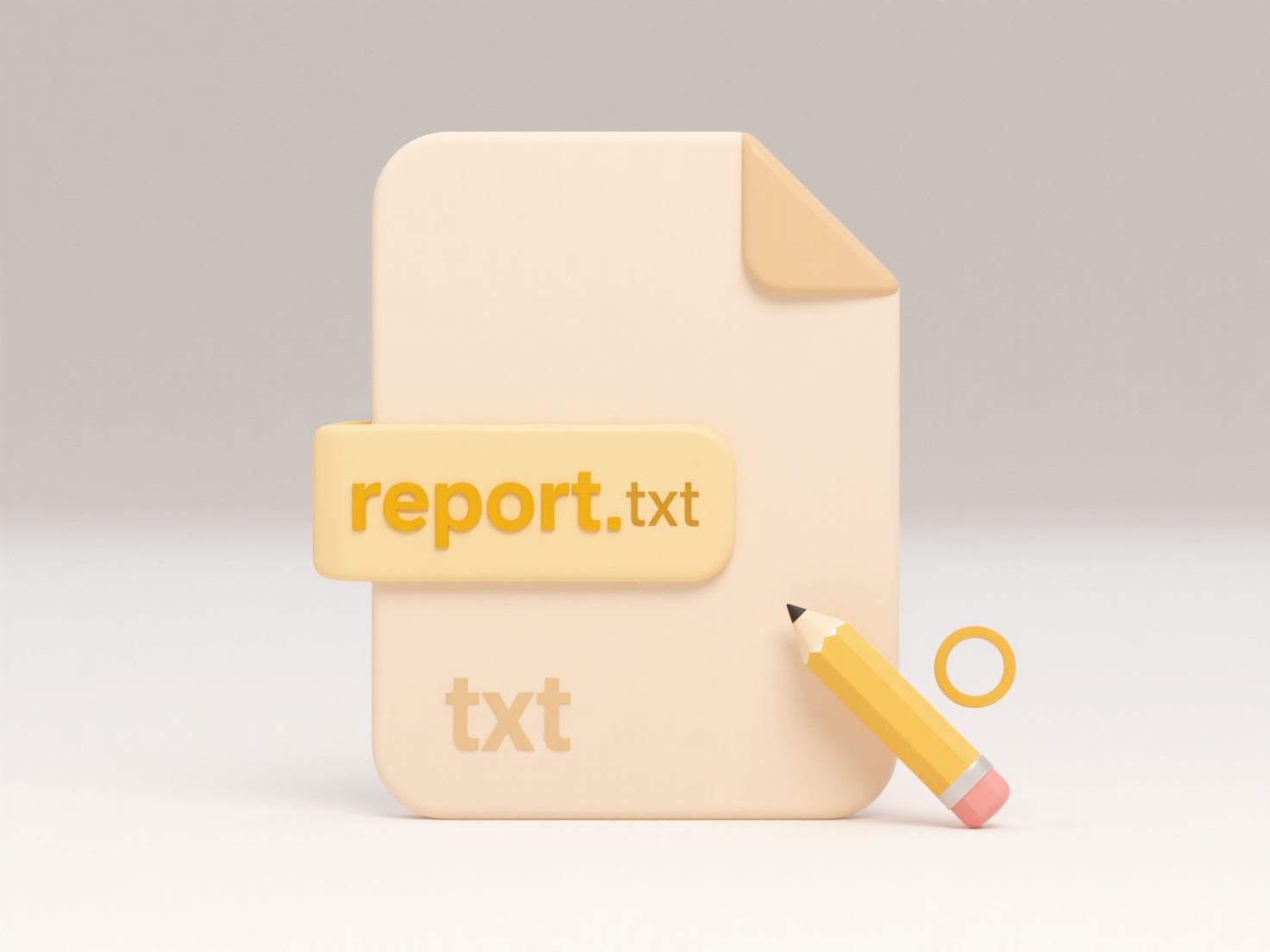
Opening a file means establishing a connection between a program running on your computer and a digital file stored on a disk or memory. It's the process that makes the file's data accessible for viewing, editing, or processing. Unlike simply seeing the file listed (browsing), opening it actively loads its contents into the program's working memory, allowing you to interact with the data meaningfully. The specific program required to open it correctly ("association") depends on the file's format.

Common examples include opening a text document (.txt or .docx) using software like Microsoft Word or Notepad to read or change its contents. Another is opening an image file (.jpg, .png) with an application like Photos or GIMP to view or edit the picture. These actions happen constantly in offices, creative fields, and personal computing across platforms like Windows, macOS, Android, and iOS using relevant applications.
The primary advantage is enabling direct interaction with stored data. However, limitations include needing the appropriate software installed, potential security risks from malicious files, and file corruption possibilities during opening if errors occur. Ethically, file access must respect permissions and privacy. Future developments focus on seamless cloud access and richer metadata handling during the opening process.
What does it mean to “open a file”?
Opening a file means establishing a connection between a program running on your computer and a digital file stored on a disk or memory. It's the process that makes the file's data accessible for viewing, editing, or processing. Unlike simply seeing the file listed (browsing), opening it actively loads its contents into the program's working memory, allowing you to interact with the data meaningfully. The specific program required to open it correctly ("association") depends on the file's format.

Common examples include opening a text document (.txt or .docx) using software like Microsoft Word or Notepad to read or change its contents. Another is opening an image file (.jpg, .png) with an application like Photos or GIMP to view or edit the picture. These actions happen constantly in offices, creative fields, and personal computing across platforms like Windows, macOS, Android, and iOS using relevant applications.
The primary advantage is enabling direct interaction with stored data. However, limitations include needing the appropriate software installed, potential security risks from malicious files, and file corruption possibilities during opening if errors occur. Ethically, file access must respect permissions and privacy. Future developments focus on seamless cloud access and richer metadata handling during the opening process.
Related Recommendations
Quick Article Links
How do I pin important files to the top of a folder?
Pinning files refers to the ability to make specific files always appear at the top of a folder view, regardless of the ...
Can I exclude file types from search results?
Excluding file types from search results is a filtering mechanism available in many search tools. It allows users to spe...
Can I open a .psd file without Photoshop?
A PSD file is the native format used by Adobe Photoshop to save layered images, text, effects, and other editing data. W...